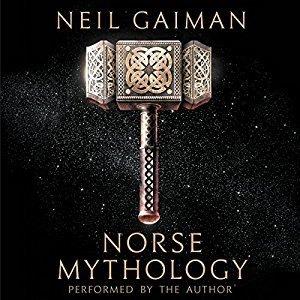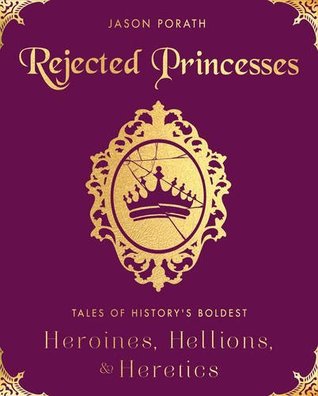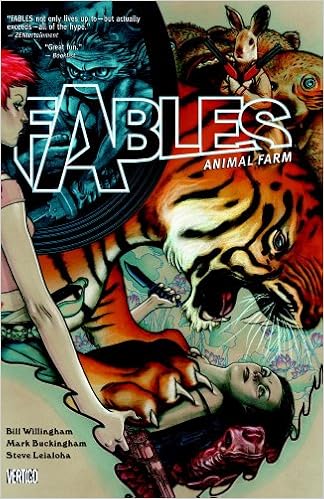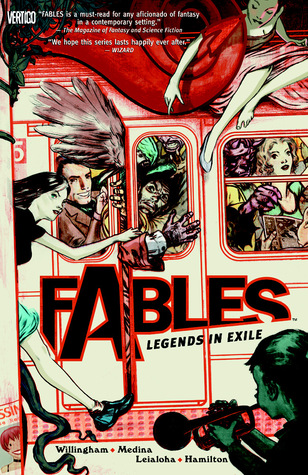 |
| Luna Books |
Mercedes Lackey
2004
The Summary
"In the land of the Five Hundred Kingdoms, if you can't carry out your legendary role, life is no fairy tale...
"Elena Klovis was supposed to be her kingdom's Cinderella--until fate left her with a completely inappropriate prince! So she set out to make a new life for herself. But breaking with 'The Tradition' was no easy matter--until she got a little help from her own fairy godmother. Who promptly offered Elena a most unexpected job...
"Now, instead of sleeping in the chimney, she has to deal with arrogant, stuffed-shirt princes who keep trying to rise above their place in the tale. And there's one in particular who needs to be dealt with.
"Sometimes a fairy godmother's work is never done..."
The Good
I decided to reread The Fairy Godmother on a whim. I liked it the first time around and I was craving something with adventure, magic, fantasy and romance. And, honestly, I wasn't disappointed when I picked up Mercedes Lackey's novel.
It's chock full of fairy tales: Cinderella, Rapunzel, the Fairy Godmother, Prince Charming, Snow White, the Evil Queen, and much more. Each one is given a fresh twist that draws their stories together in new and exciting ways. Plus, it has fairies. Not the dainty little sprites you might imagine, but the tall, lithe fair folk--the kind you meet in The Lord of the Rings--which, somehow, I'd forgotten.
I found it interesting to reread The Fairy Godmother. Despite knowing how the story ends, I enjoyed going back and seeing the small details I'd missed during my previous trip. More importantly, I took the story at a slower pace and I enjoyed it far more than I expected.
I mean, in my last review (which you can check out here), I pointed out that Lackey's novel was missing some indefinable quality that would have made it perfect. While I still don't think it's the perfect fantasy novel, I do have a new appreciation for the characters and the stories as a whole. I loved the different strands of folklore and fairy tales that come together to create a wonderful story that's full of humor, heart, magic, and adventure.
It was just the thing I need.
The Bad
No complaints. Like I said, I enjoyed The Fairy Godmother much better the second time.
The Ugly
These fairy tales are not for children.


















